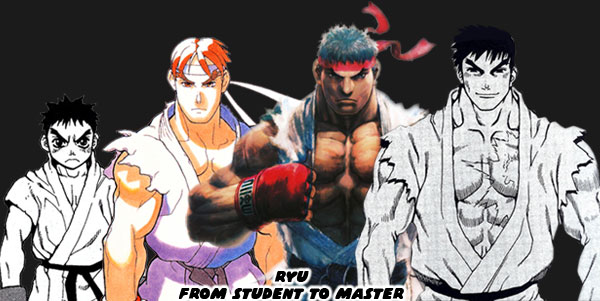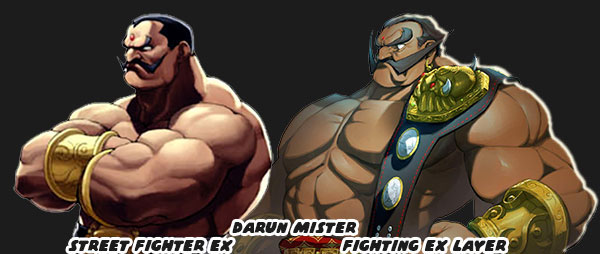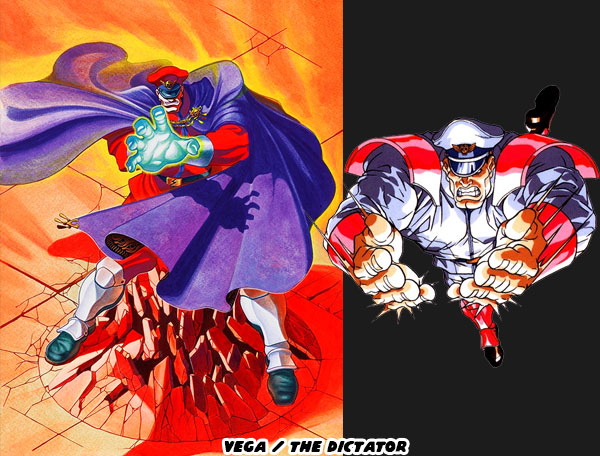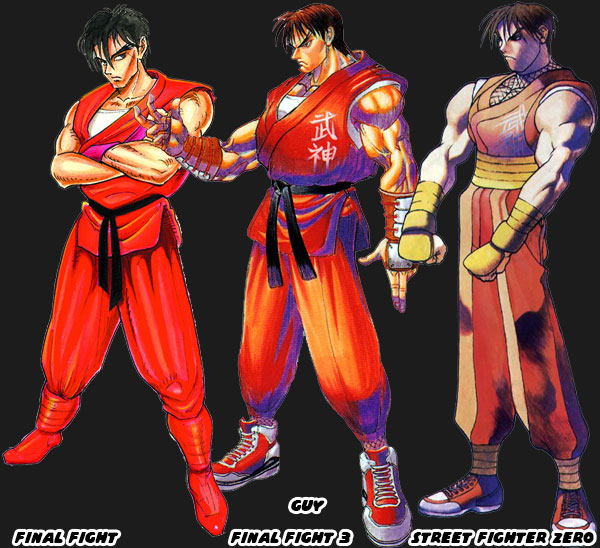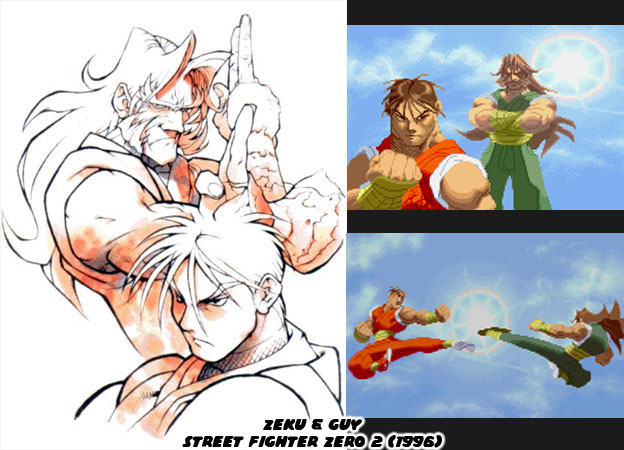I'm proud to say that I was there for the first Street Fighter and was a fan of Capcom since 1984 with the debut of a shooter called 1942. It's hard to believe that I've been following Street Fighter for 30 years. I've met many great people thanks to the series. I made an awesome friend during many heated Street Fighter II battles at the local arcade. I even became the best man at his wedding. I know I'm not alone when it comes to Street Fighter building long-term friendships. I have always believed in the greatness of the fighting game community. Street Fighter is one of the reasons I've been writing online for more than a decade. It will always have a special place in my heart. I've loved the various Capcom fighting games since they debuted, Final Fight, Darkstalkers, Rival Schools, Saturday Night Slam Masters, Power Stone, and on and on. I've followed the developers and their careers once they left Capcom. The Street Fighter team assembled the roster of the greatest fighting game icons we'll ever know. When the majority of the team left Capcom they forever changed the genre. They went to other studios, notably SNK, and they created their own studios like DIMPS and ARIKA. These people built a library of characters, control systems, and game play elements still used to this day. They inspired an entirely new generation of programmers, writers, artists, animators and designers. Street Fighter literally changed the world. With all the praise I give them I know the studio can always do better.
For my final day of the Street Fighter celebration we're going to honor the one that got away. Or thinking more positively, the one that might still find his spot in the lineup. The game series has done a good job at representation. There have been fighters from every corner of the globe, male and female, of every skin color and age featured in the Street Fighter universe. Some were good guys, some were bad guys, and some were victims of circumstance. Many were fantastic but a few were not well done. To be honest every now and then Capcom fell flat on their face. It broke my heart to look at the concept art for Street Fighter IV and see a strong, young, black character in the final stages of design.This character was supposed to be an arch rival to Ken. Only we got Rufus, the joke character instead. The young black man, nicknamed King Cobra took all the elements that made Ken and Ryu unique and incorporated them into his design. He wouldn't have been the only new rival in the game. Juri took a lot of cues from Chun-Li and for some reason that worked with audiences. I have a feeling that King Cobra would have gotten the same amount of love from audiences. It hurts to look at this character this character and wonder what if?
In the planning stages of every Street Fighter not every design was a hit, some were ugly, boring, borderline racist or just horrible. Some of these characters made it into the series but many more were left out of the game. This wasn't exclusive to Capcom. Every lineup had their own growing pains. Many figures were left on the cutting room floor for a reason. At worst the designers were culturally insensitive, at best they were being lazy. Every now and then you could find discarded characters that hit all the right notes. If you saw them in the sketchbook you might wonder why they were left out the game. It's a sad realization that these fighters would most likely never appear in the series. You should always have hope. Street Fighter has made it to 30 years because the most passionate people at Capcom wouldn't let it die. It will continue growing and evolving as long as those energetic voices keep hope alive. Maybe one day we'll see King Cobra in the game. He could be the face that carries the series for another 30 years. You never really know. As always if you enjoyed this blog. Street Fighter is a series worth exploring and explaining. I hope you've revisited some memories during this lengthy series. If you would like to sponsor me please visit my Patreon page and consider donating each month, even as little as $1 would help make better blogs and even podcasts!

